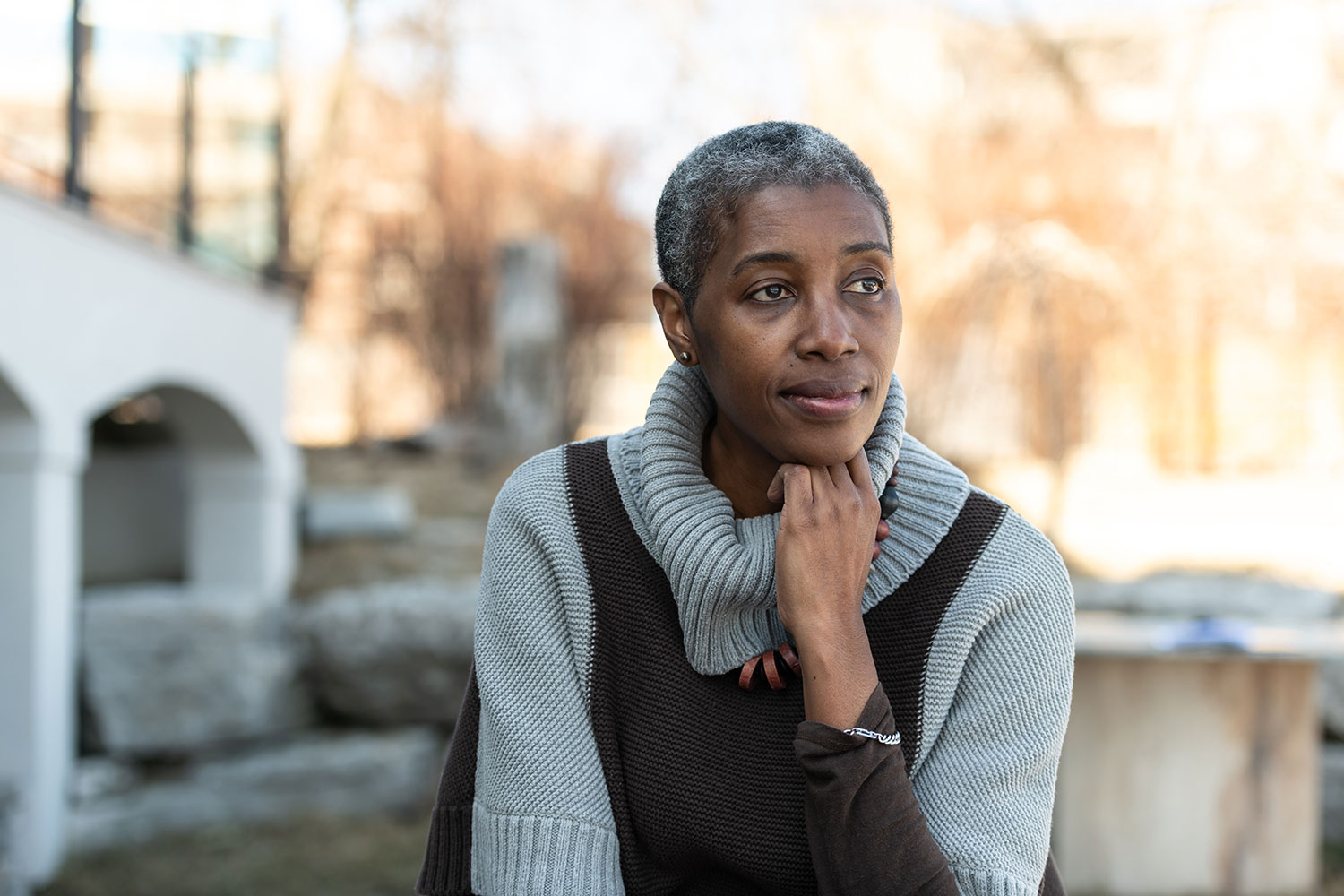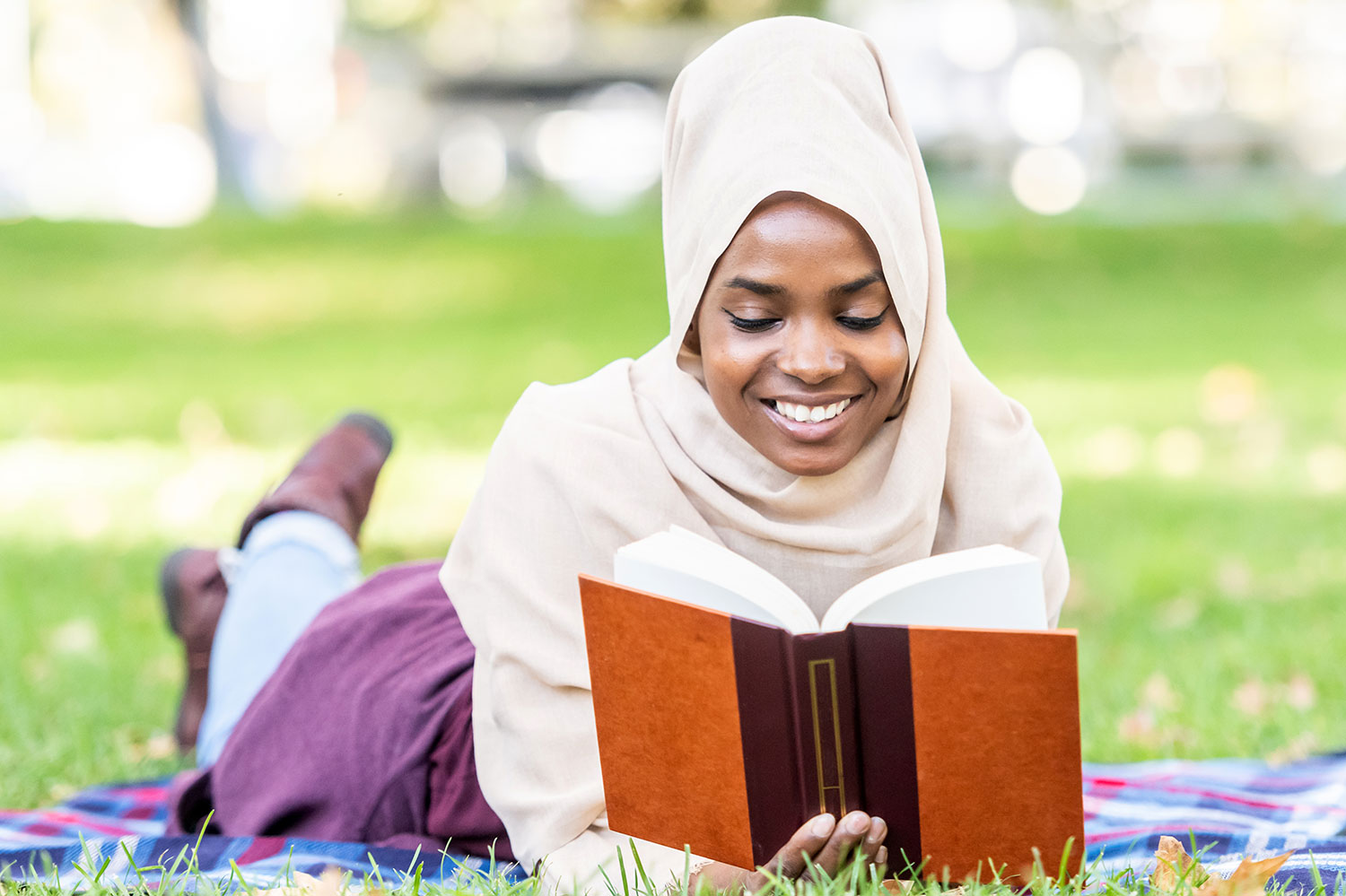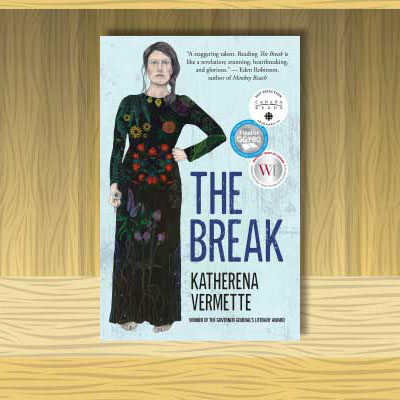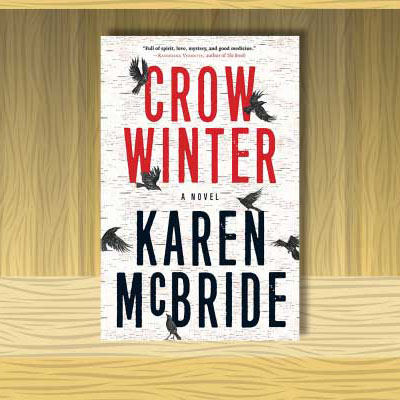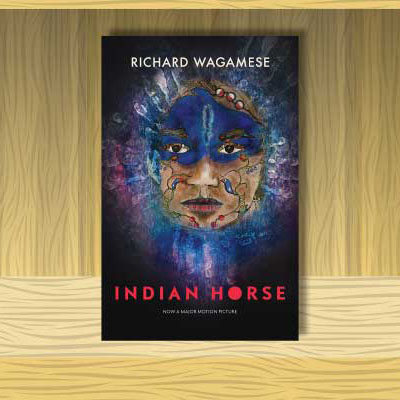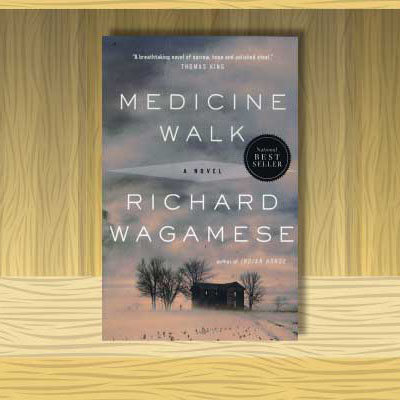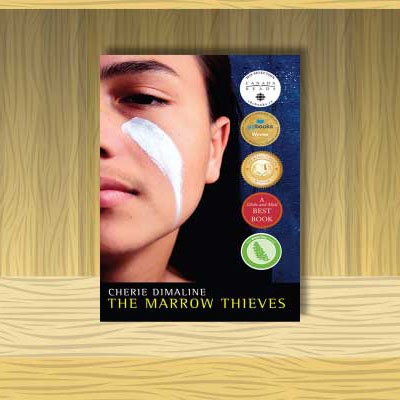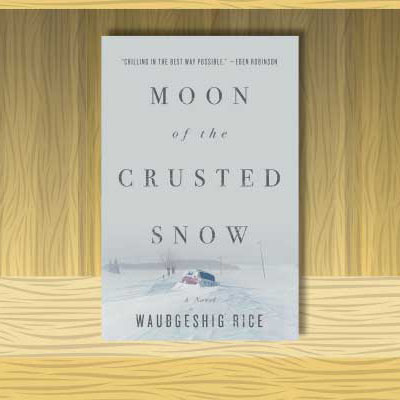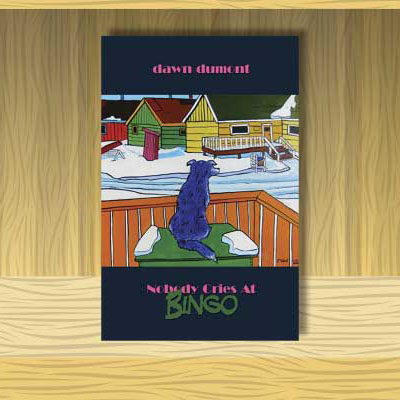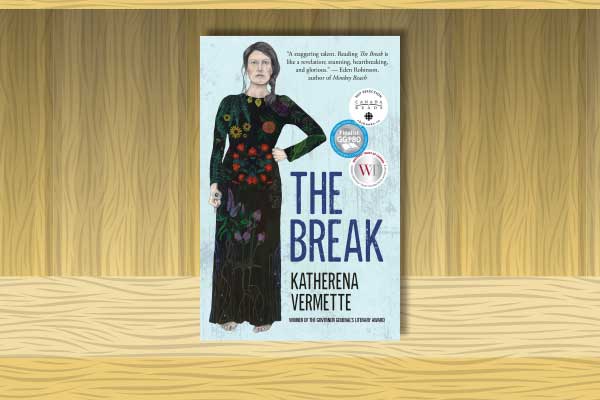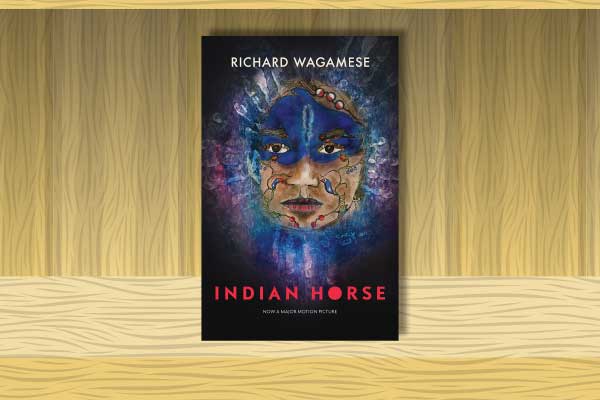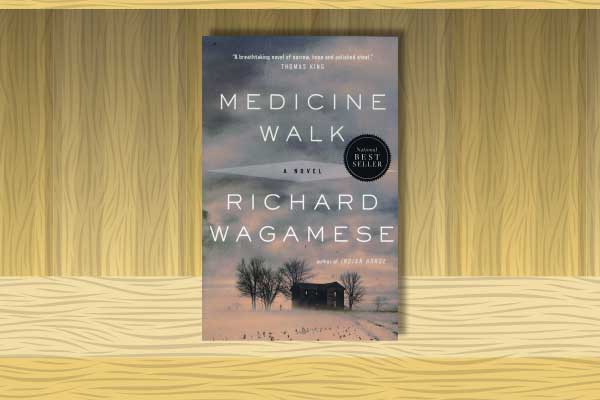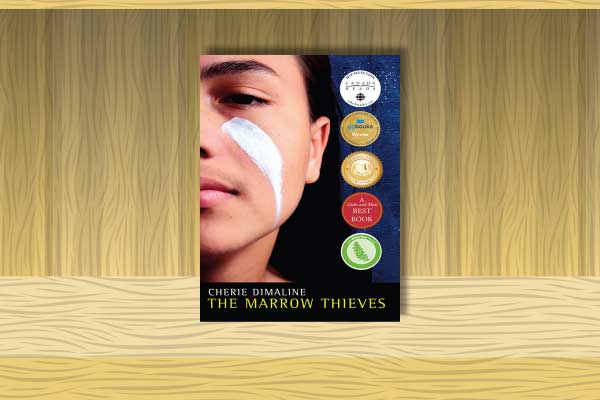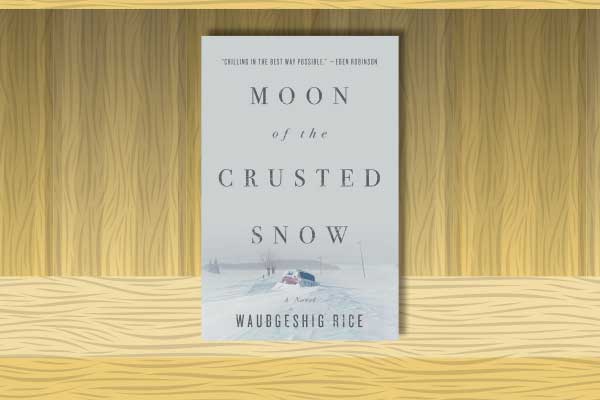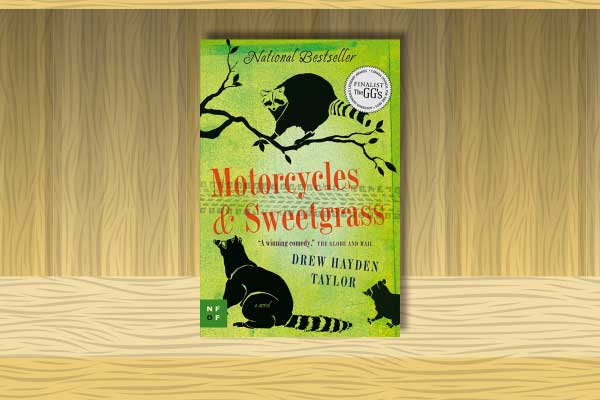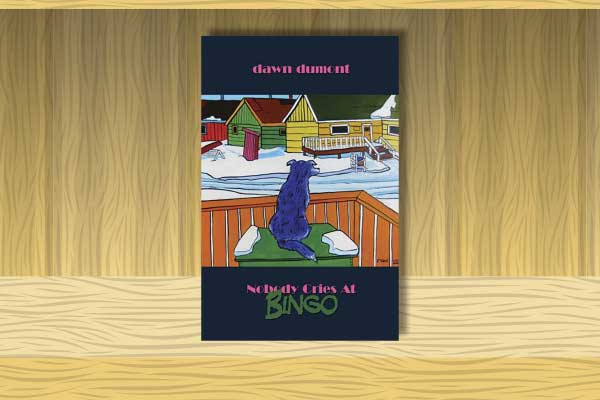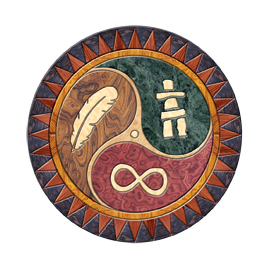AcknowledgementsOpens in a new window
Welcome to NBE3U, Understanding Contemporary First Nations, Métis and Inuit Voices! This course explores Indigenous peoples, lands, communities and worldviews in Canada through literature, media, oral storytelling and more. Many Canadians don’t know a lot about Indigenous peoples, their histories or the kinds of current challenges they face. Most people don’t know this because it wasn’t taught to them in schools in detail and what they did learn might not be the most accurate or reflective of Indigenous peoples.
This course aims to give students this knowledge by centering Indigenous voices through written, oral and media texts and asks you to connect your understandings to your own life in Canada and beyond.
Which area of communication are you most comfortable with? Writing, reading, speaking, listening, media analysis? Provide one or two examples to support your answer.
Which area of communication are you hoping to improve? Explain why with one or two examples from your life experience.
What do you think you want to learn more about? What questions do you have that you want to find the answers to throughout the course?
As you work through this course you will be building upon your knowledge and skills through reading, writing, oral communication and examining and creating media. The four units in this course are:
Unit 1: Exploring Indigenous identities, communities and histories through First Nations, Métis and Inuit texts
Unit 2: Examining relationships through Indigenous voices and connections to land
Unit 3: Understanding Indigenous sovereignty through media
Unit 4: Moving towards reconciliation and commitment to action
You will not be submitting your notebook for a grade, but you will use it in two ways:
- Your notes will help you prepare for the final test, which is worth 10% of your grade.
- At the end of the course, you will select four (4) notebook activities and create a portfolio that illustrates your growth in reading, writing, oral and/or media skills. The more developed your notebook is, the more you will have to choose from. Your portfolio is worth 10% of your grade.
Culminating project
This course aims to not just have you learn about Indigenous peoples, but rather seeks to turn your knowledge into action for positive change. The activities and assignments in the course are designed to help you become an informed and active citizen in your community as well as a good ally to Indigenous peoples.
Throughout the course, you will be asked to draw on your own experiences and think critically about how you can create change in your local community. This will prepare you for the “Imagine a Canada” course culminating project in which your will be asked how you envision making the Canada better country for everyone. Your culminating project is worth 20% of your course grade.
Study note: Cite as you write
Let’s say you moonlight as a creative writer in your free time and decide to post some of your best work through an Instagram post. How would you feel if someone reposted your latest short story through a regram … without giving you credit?
Thoughtless! What an affront!
This regram is an act of plagiarism. When paraphrased ideas or direct quotes are used without giving credit to the author, this constitutes an act of plagiarism. Plagiarism undermines the intent and purpose of scholarship, as we lose the thread of the sources that are used to credibly substantiate an argument. You’re stealing someone else’s ideas and erasing their hard work.
Before engaging with the culminating activity, be sure to review the Citing Sources content on the course home page. You can also review the same information regarding the MLA citation style in the following document entitled “MLA Citation Guideopens in a new window”
Study note
Be sure to preview the portfolio instructions by pressing “Assessment for Feedback and Grade: Culminating projectopens in a new window” to reference the expectations as you complete each learning activity.
Developing your transferable skills
This course doesn't seek to give you all the answers. Through inquiry, it will allow you to explore the things that you are interested in, want to learn more about, and want to find solutions to. Transferable skills will help take you where you want to go!
Definition
Critical thinking and problem solving involve looking at complex issues and problems from a variety of different points of view in order to make informed judgments and decisions. Learning is deeper when the experiences are meaningful, real world and authentic.
Look fors
Students consistently:
- solve meaningful, real- life problems;
- take steps to organize, design and manage projects using inquiry processes;
- analyze information to make informed decisions;
- see patterns, make connections and transfer learning from one situation to another;
- see the connections between social, economic and ecological systems.
Definition
Innovation, creativity, and entrepreneurship involve the ability to turn ideas into action to meet the needs of a community. The ability to contribute new-to-the-world thinking and solutions to solve complex problems involves leadership, risk taking and independent/ unconventional thinking. Experimenting with new strategies, techniques and perspectives through research is part of this skill set.
Look fors
Students consistently:
- formulate insightful questions to generate opinions;
- take risks in thinking; experiment to find new ways of doing things; demonstrate leadership in a range of creative projects;
- motivate others in an ethical and entrepreneurial spirit.
Definition
Self-directed learning means: becoming aware and demonstrating ownership in your learning. Belief in your ability to learn (growth mindset), combined with strategies for planning, monitoring and reflecting on your past, present and future goals promote lifelong learning, well-being and adaptability in an ever- changing world.
Students consistently:
Look fors
- Are aware of how they learn best;
- ask for support when needed;
- set goals and make a plan to achieve their goals;
- practice new skills they want to improve; reflect on their own learning to determine strengths;
- learn to adapt to change and become resilient in the face of adversity; become managers of different aspects of their lives to enhance their health and overall well being.
Definition
Collaboration involves participating ethically and effectively in teams. Being versatile across different situations, roles, groups and perspectives allows you to co-construct knowledge, meaning, content and learn from, and with others in physical and online spaces.
Look fors
Students consistently:
- participate in teams in respectful and positive ways;
- learn from others; contribute to the learning of others;
- assume various roles on a team as needed being respectful of a diversity of perspectives including Indigenous ways of knowing;
- address disagreements and manage conflict in sensitive and constructive ways; network with a variety of people and groups on an ongoing basis.
Definition
Communication involves receiving and expressing meaning (e.g., reading and writing, viewing and creating, listening and speaking) in different contexts and with different audiences and purposes. Effective communication increasingly involves understanding both local and global perspectives, including using a variety of media appropriately, responsibly and safely with regard to your digital footprint.
Look fors
Students consistently:
- communicate effectively in a variety of media; use digital tools appropriately to create a positive digital footprint; listen to understand; ask effective questions; understand the cultural importance of language.
Definition
Global citizenship and sustainability involve understanding diverse worldviews and perspectives in order to address political, ecological, social, and economic issues that are crucial to living in a in a sustainable world. Being aware of what it means to be an engaged citizen and how the appreciation for the diversity of people and perspectives contributes to a sustainable world are part of this skill set.
Look fors
Students consistently:
- take actions and make responsible decisions to support the quality of life for all;
- understand the histories, knowledge, contributions and inherent rights of Indigenous people; recognize discrimination and work to promote the principles of equity; contribute to their local and global community; participate in an inclusive, accountable, sustainable and ethical manner, both in groups and in online networks.
Definition
Digital literacy involves the ability to solve problems using technology in a safe, legal, and ethically responsible manner. Digitally literate students recognize the rights and responsibilities, as well as the opportunities, that come with living, learning, and working in an interconnected digital world.
Look fors
Students consistently:
- select and use appropriate digital tools to collaborate, communicate, create, innovate and solve problems;
- use technology in a way that is consistent with supporting their mental health and well-being; use digital tools effectively to solve problems and inform decisions;
- demonstrate a willingness and confidence to explore new or unfamiliar digital tools and emerging technologies;
- manage their digital footprint by engaging in social media and online communities respectfully, inclusively, safely, legally and ethically.
Adapted from material provided by the Ministry of Education for Ontario: Transferable skills(Opens in a new window)
One of the first tasks for you in this course is to choose a novel to read independently in Unit 1.
Choosing a novel
You may have heard the expression “don’t judge a book by its cover,” but to begin your culminating project, you are going to do just that.
Here is a bookshelf of novels to browse. Once you have checked the covers and titles of each novel, consider which one you might like to read.
Click on these images to explore the front and back cover of each novel and read a synopsis.
Don’t decide on a novel just yet. After all, you really shouldn’t judge a book by its cover alone.
As you work through this learning activity, you will be able to make a more informed choice.
Study note
If you wish, you can use the following factors to create your own criteria for selecting a novel:
- Subject matter
- Genre
- Publication date
- Reviews
Explore reviews and do other research to determine if the novels meet your criteria. You can use a search engine of your choice to find reviews and consider checking out the following sources of reviews: The Globe and Mail, The New York Times, The Guardian and Publisher’s Weekly.
- Length
- Challenge i.e. reading difficulty level based on language or subject matter or whatever you identify as challenging
- Additional factors of your choosing
This is an example of how to develop a criterion from a factor:
| Factor | Corresponding criterion |
|---|---|
| Publication date | Written in the last ten years to focus on issues emerging from the contemporary context. |
Once you have created your criteria, you will be ready to test your criteria against your novel choices.
Revisit the bookshelf and access the following excerpts of the first several pages of each novel. Apply your criteria to select a novel.

Warning: Please note that some Indigenous novels can contain descriptions of graphic language, violence, sexual content, drug use and sexual violence that may be difficult for some readers. These inclusions are meant to reflect real Indigenous communities and the challenges and triumphs that Indigenous peoples face. It achieves this through a candid examination of the community issues, while also showing the resilience of Indigenous peoples in the face of trauma.
At this point, you will likely have narrowed down the novels to a few options.
Now, let's dive into the first unit of the course, Exploring Indigenous identities, communities and histories through First Nations, Métis and Inuit texts.
Unit 1 overview
This first unit will introduce you to the diversity within First Nations, Métis and Inuit communities and peoples. You will learn about how these groups define themselves and the proper terminology to use when talking about them. This knowledge will not only make you more comfortable with using this terminology but will also help you become more familiar with Indigenous peoples of Canada and their histories. You will learn, through texts written primarily by Indigenous people, about the elements that shape First Nations, Métis, and Inuit identities, and you will work toward understanding how First Nations, Inuit, and Métis peoples are distinct groups with diverse traditions, territories, cultures, and communities. The more you understand Indigenous histories and cultures, the better you will be able to listen to their voices and take action in your own community in a meaningful way.
In this first learning activity, you will learn, through texts written primarily by Indigenous people, about the elements that shape First Nations, Métis, and Inuit identities, and you will work toward understanding how First Nations, Inuit, and Métis peoples are distinct groups with diverse traditions, territories, cultures, and communities.
Identity is not static or unchanging; it constantly evolves through our lived experiences and also throughout our own history. This learning activity will cover how First Nations, Inuit, and Métis peoples are defined by society, by the government, and most importantly by themselves. It will also explore the ways in which First Nations, Métis, and Inuit identities have been shaped by relationships – their relationships with the land, their families and communities, as well as their relationship with the government. These concepts and themes will also be explored through the book by an Indigenous author that you have selected for the first unit.
Before you learn about some of the factors that impacts Indigenous identities, it is helpful to think of how you identify and what impacts your identity. Start to brainstorm a list of “How do I Identify?” (Eg. What’s my Culture? Heritage? Nationality? First language? Etc.) and continue to add to it throughout the first unit’s learning activity.
Who are First Nations, Inuit, and Métis peoples?
Identity is not static or unchanging; it constantly evolves through our lived experiences and throughout our own history. This learning activity will cover how First Nations, Inuit, and Métis peoples are defined by society, by the government, and most importantly by themselves. It will also explore the ways in which First Nations, Métis, and Inuit identities have been shaped by relationships – their relationships with the land, their families and communities, as well as their relationship with the government. Note: These concepts and themes will also be explored through the novel you have selected to read in this first unit.
 The winning design for the Aboriginal Peoples Television Network’s (APTN) fourth annual National Aboriginal Day Live & Celebration Flag Contest in 2010. This design was created by Dylan Willet of
Pikwàkanagàn
First Nation in Golden Lake, Ontario.
The winning design for the Aboriginal Peoples Television Network’s (APTN) fourth annual National Aboriginal Day Live & Celebration Flag Contest in 2010. This design was created by Dylan Willet of
Pikwàkanagàn
First Nation in Golden Lake, Ontario.First Nations, Inuit, and Métis peoples are not simply three groups of people. They are unique and incredibly diverse populations. They are people who have lived on Turtle Island, the lands that are now known as “Canada” since time immemorial or as long as can be remember. Their traditions, lifestyles, family structures, lands, and histories vary from area to area and from nation to nation. However, historically First Nations, Inuit, and Métis peoples have been represented as just one large group by many newspapers, television channels, and other media outlets. This has misled the general population to believe that they are all part of a single group.
What I know about First Nations
When you are finished, answer the questions that follow in the space provided. Keep in mind that Kitts is not discussing all Indigenous groups; rather, he is specifically talking about First Nations peoples in Canada.
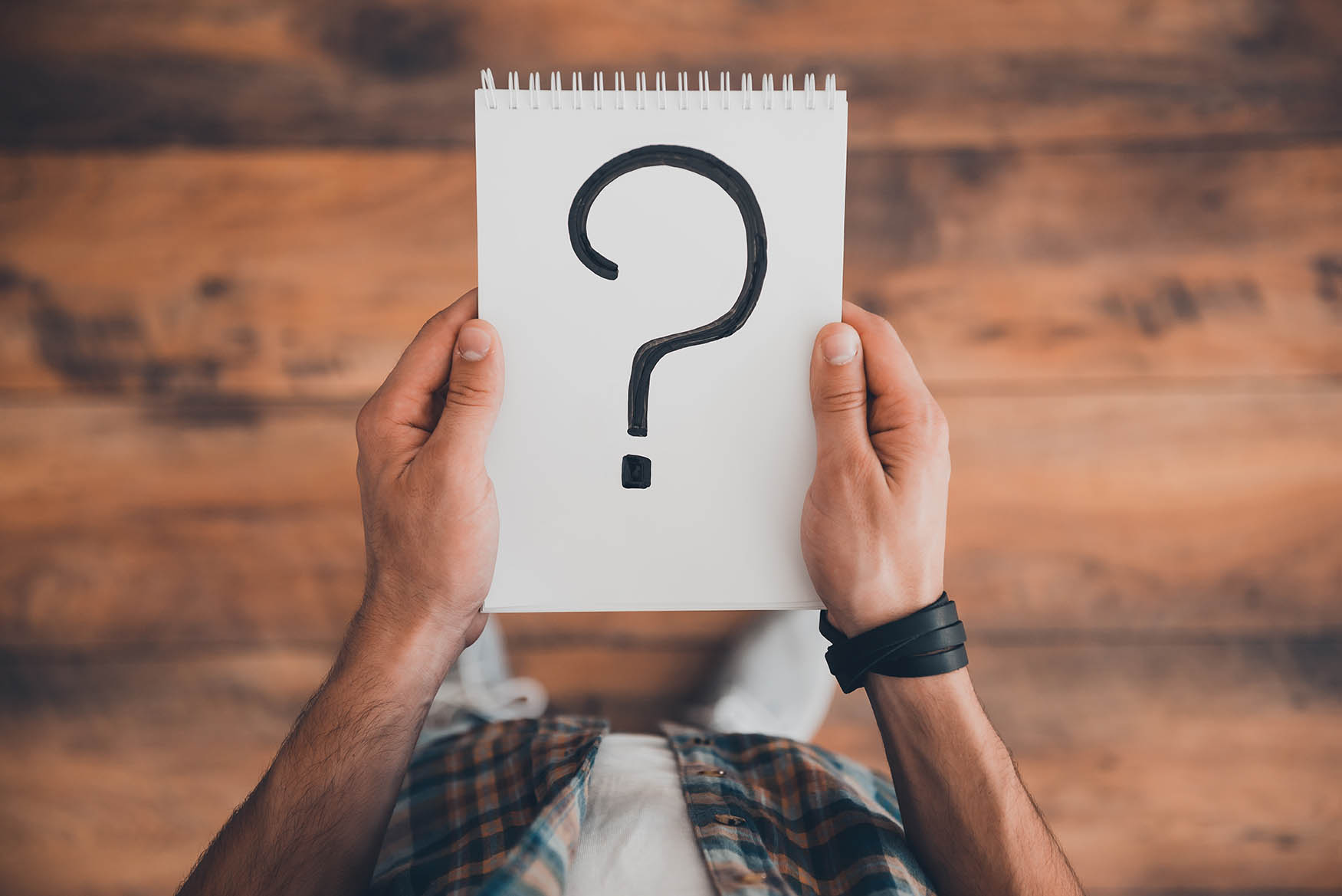
Kitts learned to appreciate the diversity of First Nations communities through his experiences in his work and by listening to the First Nations people he met. Openness is a key element of any learning, and yet, many Canadians still have very little understanding as to who First Nations, Inuit, and Métis peoples are in their own country.
What did you relate to in this article?
Did you find similarities or differences between Kitts and your own views and/or experiences?
Learning to listen
Many Indigenous peoples continue to work hard to try to educate Canadians about First Nations, Métis, and Inuit communities, identities, and help them understand the oppression that these communities have experienced historically as well as in the contemporary context.
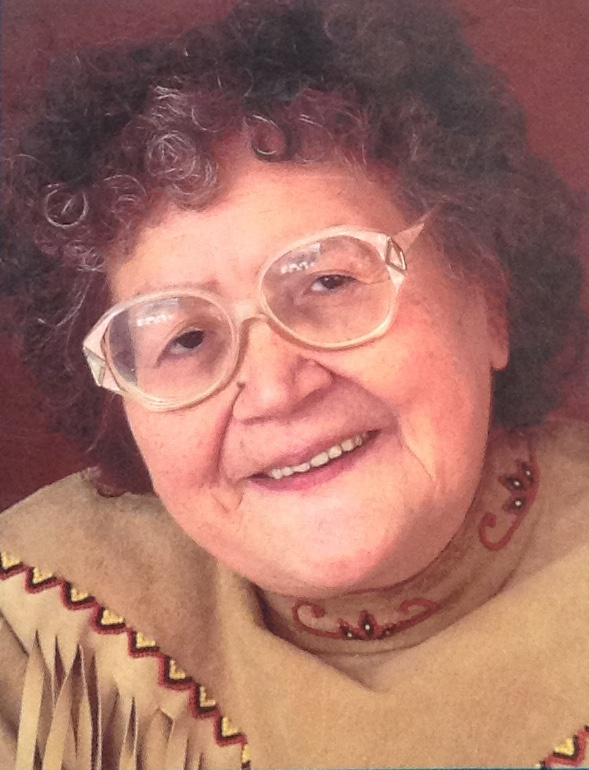
The terms and definitions that you will learn about have been applied to Indigenous peoples by the government and have changed over time. Rita Joe, the famous Mi’kmaq poet, wrote about being divided between Indigenous and non-Indigenous life, her experiences in residential schools, and many other topics that affected her life as a Mi’kmaq woman. Read her poem below and think about what it means to listen to Indigenous people and how they describe themselves. This will help you learn to listen to how Indigenous peoples identify themselves and connect with the characters in your novel throughout the course.
I Lost My Talk
I lost my talk
The talk you took away. When I was a little girl
At Shubenacadie school.
You snatched it away:
I speak like you I think like you
I create like you
The scrambled ballad, about my world.
Two ways I talk Both ways I say,
Your way is more powerful.
So gently I offer my hand and ask, Let me find my talk
So I can teach you about me.
What is Joe’s intention in the poem?
Student Oscar’s answer:
I think that Joe’s intention in this poem is to express her desire to use her own language after being forced to use someone else’s for so long.
What does she want the reader to do?
Student Francis’ answer:
I think Rita Joe wants to be able to teach people about who she is, and wants the reader to listen to what she has to say.
How does her recommendation for the reader help guide you in being an active participant in course?
Student Ahmed's answer:
If Joe wants people to listen to her, I think it means that I am supposed to listen carefully in this course and learn from First Nations, Inuit, and Métis peoples.
Definitions and terminology
Before you learn the distinctions between First Nations, Inuit, and Métis peoples, it is helpful to explore the definitions and terms that you may already be familiar with. This way you can strengthen and build on your knowledge and see where the new terms may or may not fit into your previous learning. You will also examine how Indigenous peoples define themselves in addition to these terms used.
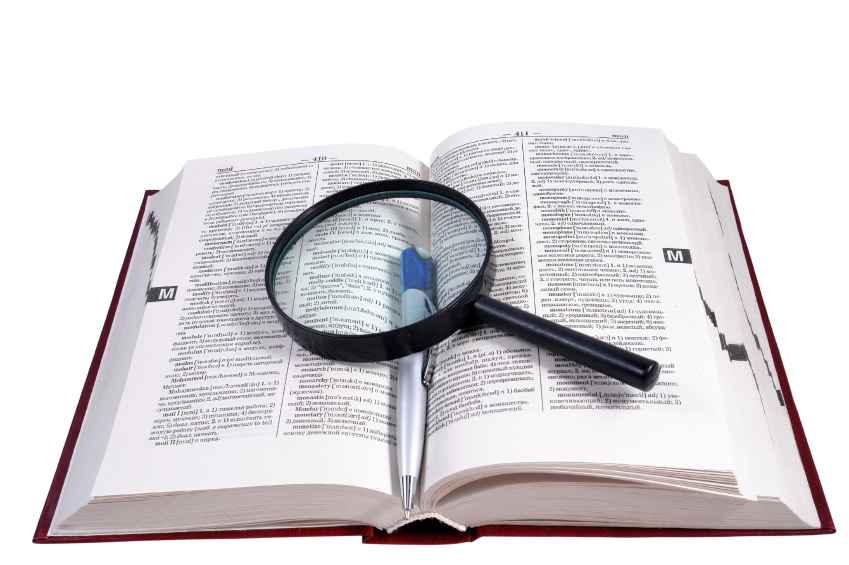
All of these terms are capitalized as a way to show respect for the history and distinct identities of the people who are represented in these groups. Just as texts like newspapers and novels would capitalize “European,” Aboriginal, Indigenous, Native, and “Indian” alike will be capitalized throughout the course.
Study note
Also be sure to formulate any questions that you may have about First Nations, Inuit, and Métis peoples respectively.
Check throughout this learning activity to see if you begin to have answers to your questions or can find ways to dig deeper later in the course when you complete your own inquiry activities.
What does First Nations, Inuit, and Métis mean?
The following are definitions of the Indigenous groups in Canada.
Connecting to your novel
At this point, you will need to have access to a copy of the novel that you have chosen to read as part of your independent reading.
As you have learned about some of the terminology, you can begin to understand what individuals and communities you will be reading about in your novel. Before you start reading, find out the following information about your book to familiarize yourself with the work and its author.
As you research, think about what community the author, what group or nation they belong to and what community they choose to write about.
- Where is the book set?
- What is the book’s synopsis?
- Who is the author?
An example from the play “The Rez Sisters” by Tomson Highway has been provided for you.
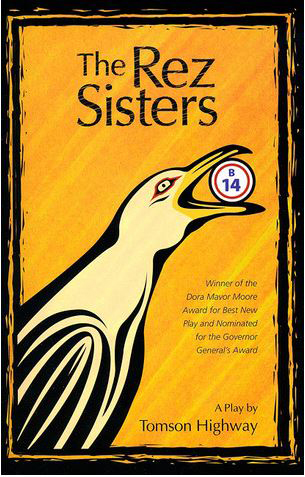
Back cover description
This award-winning play by Native playwright Tomson Highway is a powerful and moving portrayal of seven women from a reserve attempting to beat the odds by winning at bingo. And not just any bingo. It is THE BIGGEST BINGO IN THE WORLD and a chance to win a way out of a tortured life. The Rez Sisters is hilarious, shocking, mystical and power, and clearly establishes the creative voice of Native theatre and writing in Canada.
Source: Fifth House Books
Read the excerpt from “The Rez Sisters”
Read the excerpt and consider how you would answer the following questions. When you’re ready, compare your answers to the suggestions provided. Press “Excerpt of ‘The Rez Sisters’opens in a new window” to access the play excerpt.
Where is the book set?
The Rez Sisters is set in the fictional reserve of Wasaychigan Hill, or Wasy. Wasaychigan means "window" in Ojibway. The reserve has a mix of Ojibway and Cree residents
What is the book’s synopsis?
The play has two acts in which the seven female characters work toward fulfilling their dreams of winning the world's biggest bingo in Toronto. Through struggle and laughter, the audience watches these women as they try to raise money and travel to Toronto to make their dreams come true. The play also features Cree and Ojibway languages, and highlights the role of and teachings behind Nanabush (the trickster) in Ojibway and Cree cultures.
Who is the author?
Tomson Highway is a Cree author and playwright from the Brochet reserve in Manitoba. Cree was his first language, but he became fluent in English by his teenage years. Highway attended the Guy Hill Indian Residential School from ages 6 to 15. He attended the University of Western Ontario and earned an Honours B.A. in Music (1975) and a B.A. in English (1976). He worked as a social worker before writing his first play, The Rez Sisters, which debuted on stage in 1986 before being published in print in 1988. The play won the Dora Mavor Moore Award for Outstanding New Play (1986-87), the Floyd S. Chalmers Canadian Play Award (1987), and was nominated for the Governor General's Award for English-language drama (1988).
Once you have finished your reading, proceed with the learning activity.
Based on what you have now read, what are some traits and characteristics of the characters in your novel that are beginning to emerge?
Exact answers will vary. Possible answers from “The Rez Sisters” can include:
Character 1: humorous (calms other characters down with humour), not as adventurous as her sister
Character 2: hard-working (wants to do everything herself), adventurous (wants to leave her community to travel)
How describe identities today?
Throughout the years, many stereotypical representations of Indigenous peoples have appeared in film, television, newspapers, and magazines. These stereotypes have made it very difficult for non-Indigenous people to understand who Indigenous people are today. Unlike what is commonly depicted by the media, there isn’t one single way to illustrate Indigenous identity. Every Indigenous person in Canada has their own unique identity.
Identity is a historically and socially constructed concept. In general, identity develops throughout one’s life and is based on who you are and where you are from (for example, your race and ethnicity, gender, and social class). You develop and learn about your identity through the people you meet, the things you learn, and the experiences you have throughout your life. These experiences help shape who you are as an individual by forming the foundation of what you believe in and thus how you will act throughout your life based on these beliefs, values, or morals. In turn, your beliefs and values may change according to what you learn and experience.
I think that every society is constantly in a state of change, of transformation, of metamorphosis. I think it is very important that it continue[s] to be so to prevent the stagnation of our imaginations, our spirits, our soul….What I really find fascinating about the future of my life, the life of my people, the life of my fellow Canadians is the searching for this new voice, this new identity, this new tradition, this magical transformation that potentially is quite magnificent. It is the combination of the best of both worlds…combining them and coming up with something new
– Tomson Highway
Source: Nothof, Anne. “Cultural collision and magical transformation: The plays of Tomson Highway.” Studies in Canadian Literature.Reference citation in MLA style:
Nothof, Anne. “Cultural collision and magical transformation: The plays of Tomson Highway.” Studies in Canadian Literature. vol. 20, no. 2, 1995, https://journals.lib.unb.ca/index.php/SCL/article/view/8220
What Tomson Highway speaks of in this quote is the idea that Indigenous identities across Canada are changing but are also staying the same through their attachment to traditions, spirituality, and cultural teachings. This means that Indigenous identities can be fluid – moving in and out of traditional and contemporary roles. Many Indigenous people are transforming to align with contemporary society, and are also bringing traditions into their current environment, whether that is in their home community or outside of it.
What does “traditional” mean?
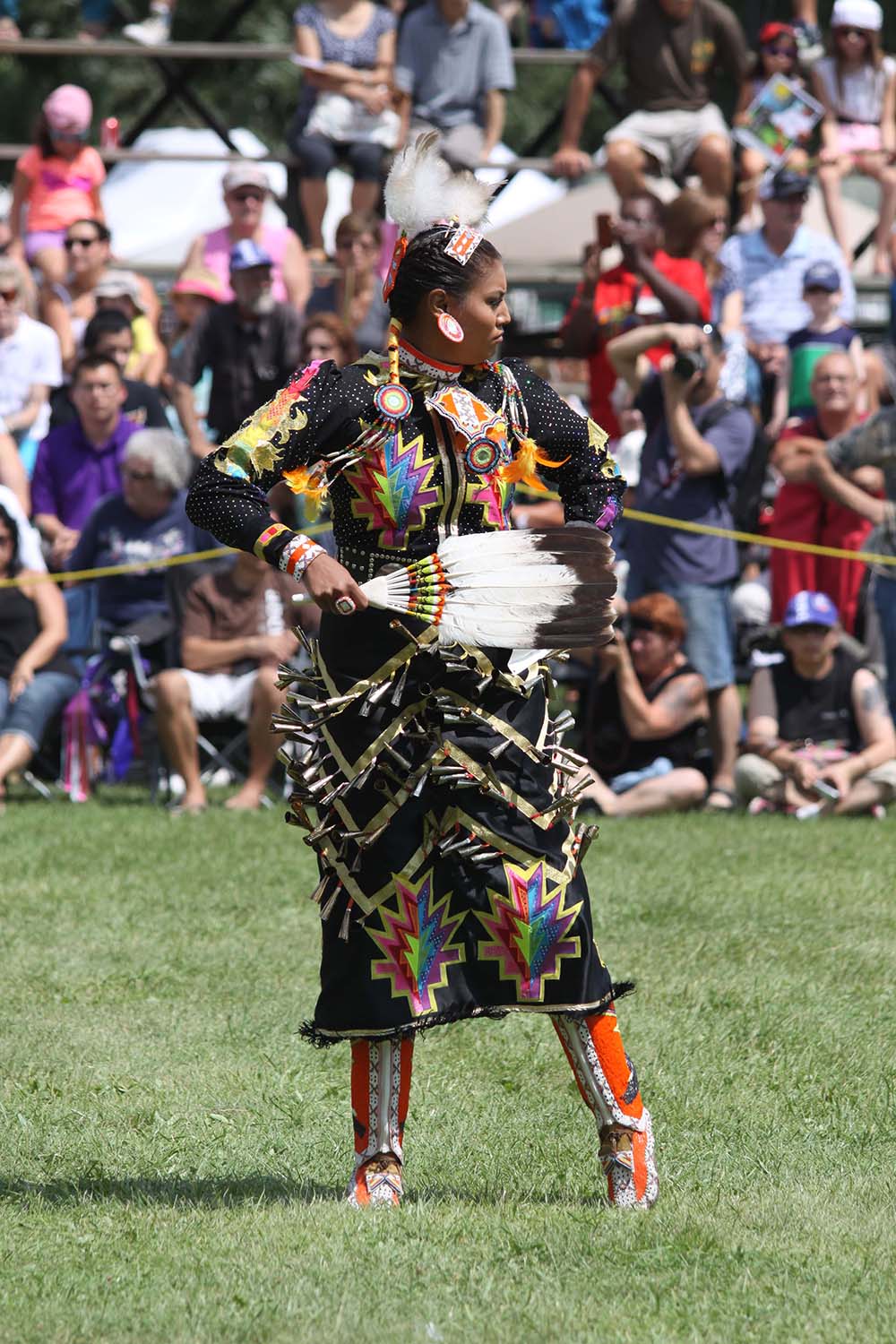
A woman participating in the 2014
Grand River Champion of
Champions Pow Wow
Traditional identity describes a way to live one’s life that is rooted in traditions and the cultural teachings reflective of one’s community’s histories, languages, territories, spirituality, and understandings of the world. From going to a longhouse ceremony to learning how to hunt and fish for the sustenance of the family, there are numerous ways in which Indigenous people can describe themselves as traditional.
First Nations, Métis, and Inuit traditions existed thousands of years before contact with Europeans. Despite being challenged, and even banned by the government, their traditions have largely endured and are still very much alive today. By living their lives in a way that includes, embraces, and respects these traditions and teachings, Indigenous people may describe themselves as having a traditional identity.
What do you mean you’re going to ceremonies?
Why aren’t all Indigenous peoples traditional?
Bob Goulais provides an example of how people still live traditionally in Canada. However, this is not how all Indigenous people live.
Today, identity can be complex, as history and colonization have had a drastic impact on the teachings and traditions within Indigenous communities. As Goulais briefly discusses at the end of his article, traditional languages are not spoken by all Indigenous people. In fact, only a minority of Indigenous people still speak their traditional languages.
After Europeans arrived, they began to implement laws that banned Indigenous peoples from using their own languages through legislation like the Indian Act and forced many First Nations, Métis, and Inuit children to attend schools where only English and French languages, and Western beliefs and traditions were taught. This occurred in part because the government upheld the belief that Indigenous teachings were lesser than European forms of knowledge.
When the Indian Act was established, the Canadian government believed that Indigenous peoples needed to “unlearn” their own cultures, and to assimilate into the culture of the settlers.
For example, the spiritual teachings and world views in the Goulais article could have historically been banned, as Christianity was the dominant and preferred religion of the British and French. As a result, the French and British-run schools and laws disrupted traditional education, leading many Indigenous peoples to feel disconnected from their traditions, teachings, and languages. Consequently, Indigenous peoples were often unable to pass on their knowledge to the next generation. However, Indigenous Elders, Métis Senators, and Knowledge Keepers are now using their teachings to re-engage communities in learning about traditions. Identity remains extremely complex. Today, some may struggle to be connected, or some choose not to be at all, while other people live their lives deeply rooted in their traditions.
Based on what you’ve learned so far about Indigenous peoples and the concept of identity, answer the following questions. Select whether each statement is either true or false.
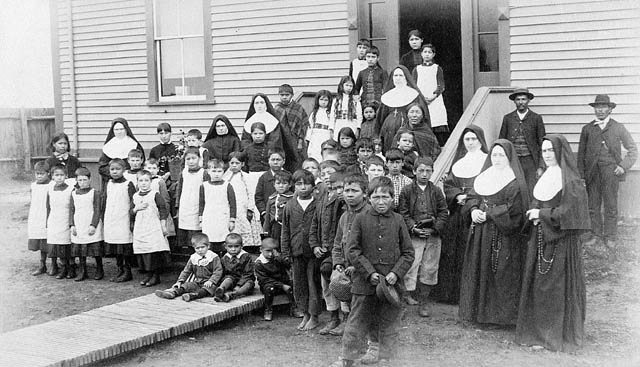
What does this mean for identity today?
Although some Indigenous people identify as traditional, there are other ways in which you may hear First Nations, Inuit, and Métis people identify.
Based on what you have just learned, define each of the following terms.
Traditional
- Rooted in traditions and cultural teachings
- Reflective of their community's histories, languages, territories, spirituality, and understandings of the world
- Connected to community
Assimilated/enfranchised/western
- Take on lifestyle of the mainstream community in which they reside
- Not traditional
Transitional
- Pulled between two worlds
- Still exploring their own identity
Cultural and community impact on identities
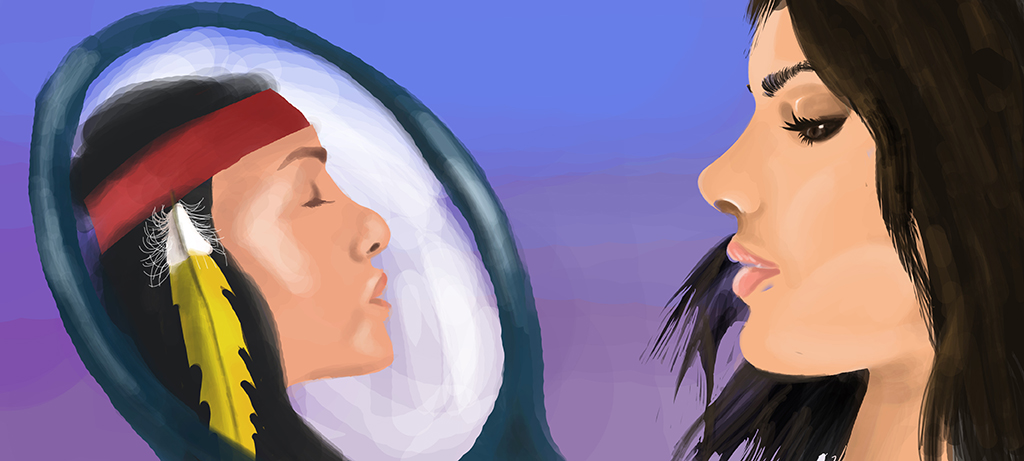
Culture and community play a large role in how people identify. In the article by Bob Goulais which you read earlier, he discusses the ways he identifies culturally as being part of the Midewiwin community (medicine society), but also part of the Ojibway community, as his language and nation are Ojibway. Goulais describes his cultural identity and how it has been shaped by a sense of belonging to a group, culture, or community, as well as how you can build your own cultural identity by choosing to identify or not with certain aspects associated with a particular culture.
Land and one's community are important parts of how Indigenous peoples define who they are. For First Nations, Inuit, and Métis peoples, this can include their home community, their urban or rural community, their traditional territories, ancestral lands, their parents, or ancestors.
Culturally, people may also identify themselves by their traditional society and the roles they play within this society. These may include roles like Knowledge Keeper or Fire Keeper, or they might identify with the clan they belong to. Clans, and the traditional teachings that they are partnered with, are important ways in which an Indigenous person' role in the community is determined. Clans will be explored in further detail later in the course. And some people identify with multiple communities, including where they are from, where they have lived, and where they live now.
Connecting to identity in your novel
The topics of traditional, western, community and cultural identities, to name a few, come up in most Indigenous novels as it helps establish the setting and the different characters and their experiences.
Keep in mind that these descriptions are not static, and Indigenous people can move from one category to another as they grow older or as a result of their lived experiences.
In this learning activity, you have started your exploration of First Nations, Métis, and Inuit identities. You have become more familiar with the terminology used to describe these groups. In addition, while reading authors such as Rita Joe and Bob Goulais, you became more aware of the factors that contribute to, and shape Indigenous identities, such as traditions, teachings, histories, land, and community. In the next learning activity, you will dive deeper into self-identification and what it means to define yourself on your own terms.


